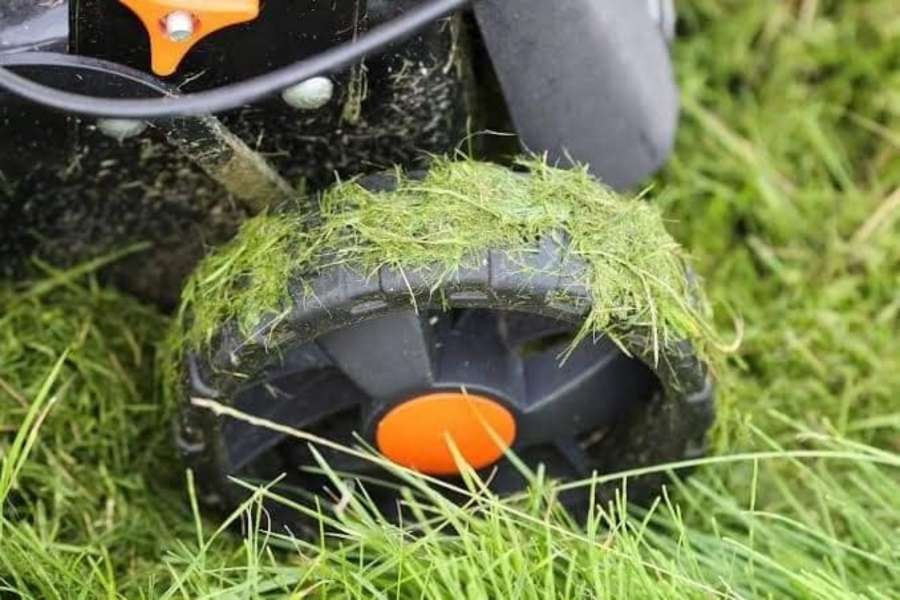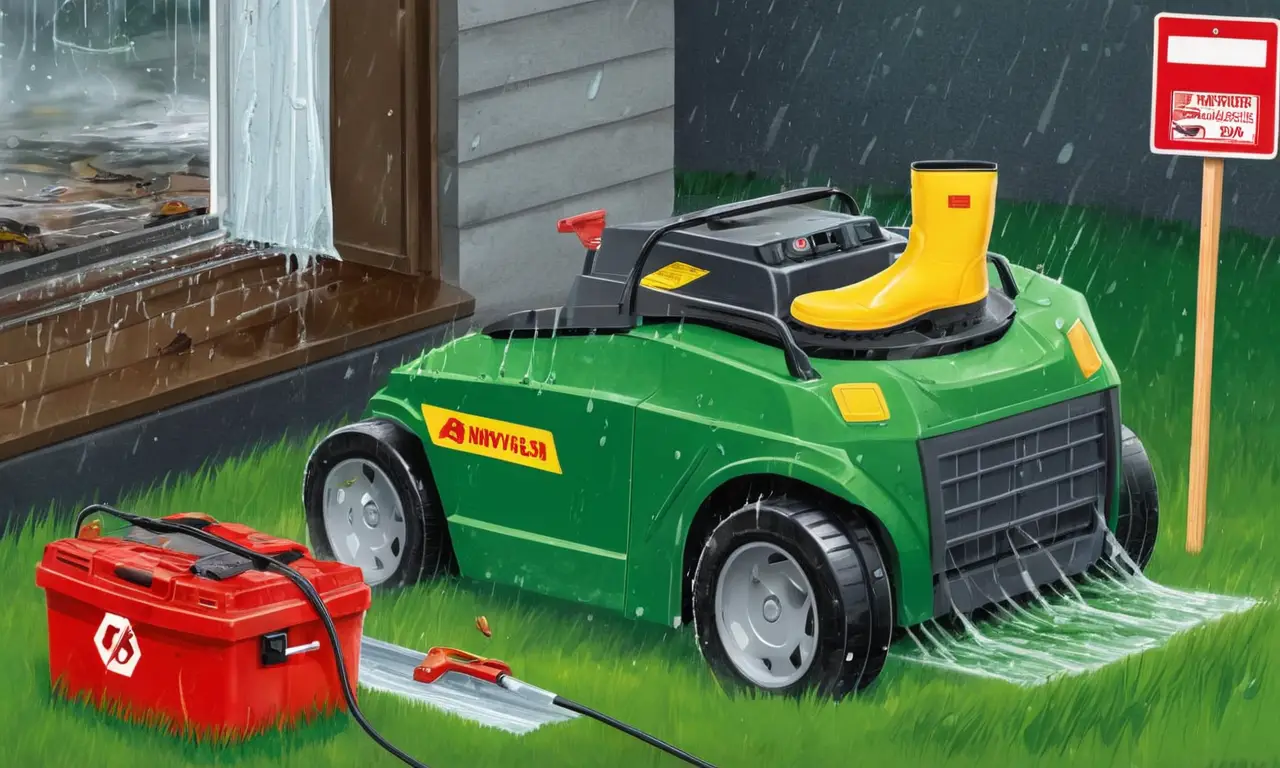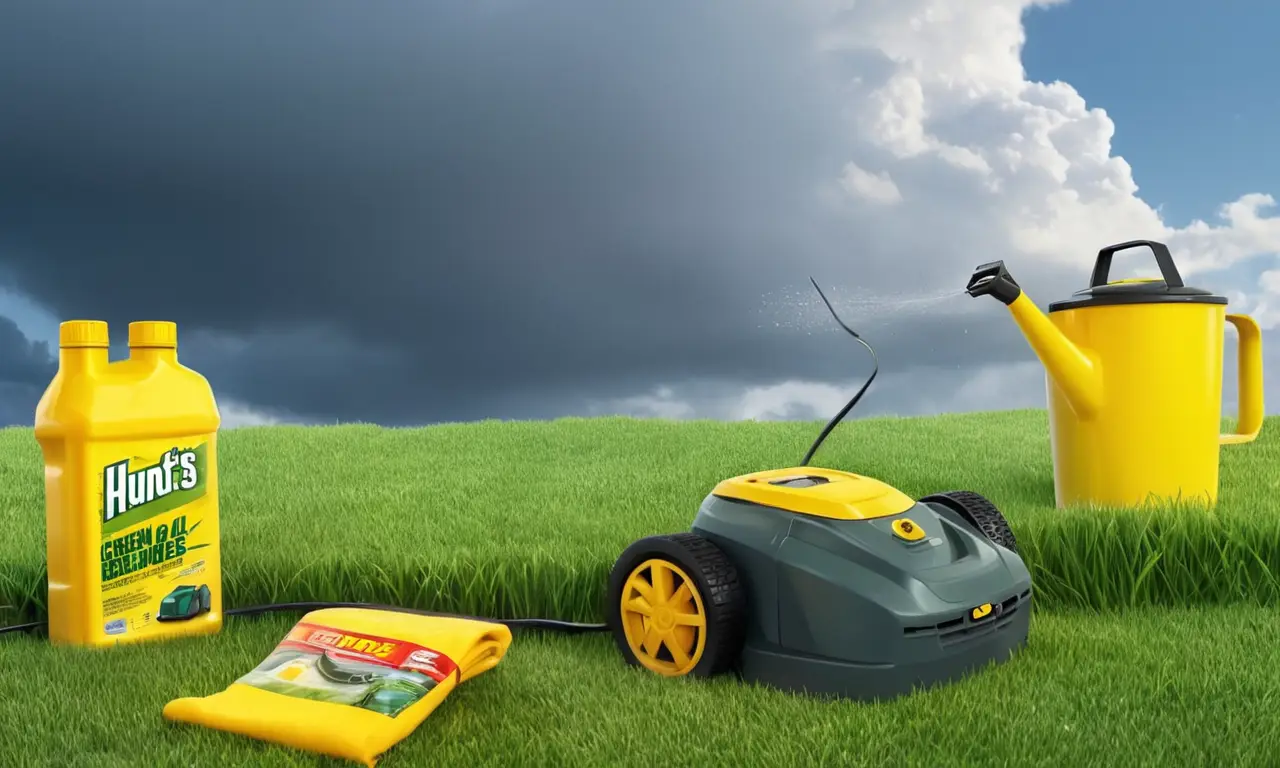
Electric lawn mowers have become increasingly popular due to their quiet operation and eco-friendliness. However, these convenient machines are susceptible to water damage if not handled properly. Understanding the risks associated with exposing your electric mower to water and implementing preventive measures is crucial for ensuring its longevity and performance. This article will delve into the potential consequences of water damage on electric lawn mowers, provide practical tips for preventing such damage, and offer guidance on proper storage practices.
Electric Lawn Mower Water Damage Risks
Water can wreak havoc on the intricate electrical components of an electric lawn mower. Direct contact with water can lead to short circuits, which can permanently damage the motor, wiring harness, and control board. Corrosion can also occur when moisture seeps into metal parts, compromising their structural integrity and functionality. Even seemingly minor water exposure can have long-term consequences, leading to reduced performance, erratic operation, and ultimately, costly repairs or replacement.
One of the most vulnerable areas is the motor. Electric motors rely on precise electrical currents to function correctly. When water enters the motor housing, it disrupts these currents, causing overheating, grinding noises, and potential failure. The wiring harness, which connects various components within the mower, is also susceptible to damage from water intrusion. Moisture can corrode the wires, leading to insulation breakdown and short circuits.
Preventing Water Damage to Electric Mowers

Taking proactive steps to prevent water damage is essential for maintaining your electric lawn mower’s health and performance. Always consult your owner’s manual for specific recommendations regarding water resistance and maintenance procedures. Generally, it’s best to avoid mowing in heavy rain or flooded areas. If you encounter light rain during operation, try to finish quickly and thoroughly dry the mower afterward.
Choosing a Water-Resistant Model
When purchasing an electric lawn mower, consider opting for models with enhanced water resistance ratings. Look for features like sealed electrical components, waterproof housings, and rubberized gaskets that help prevent moisture intrusion. These features provide an extra layer of protection against accidental splashes or light rain exposure.
Regular Cleaning and Maintenance
Keeping your electric lawn mower clean can significantly reduce the risk of water damage. Regularly remove grass clippings, debris, and dirt from the underside of the deck and around the motor housing. This prevents clogging and allows for proper airflow, reducing the chances of moisture buildup. Inspect the air filter regularly and replace it as needed to ensure optimal engine performance and prevent moisture accumulation.
Mowing in Wet Conditions
Mowing in wet conditions can be tempting when you have a large lawn to cover, but it’s generally not recommended. Wet grass is heavier and more difficult to cut, putting extra strain on your mower’s motor and blades. Additionally, the damp ground can create uneven terrain, increasing the risk of slipping and accidents.
If you must mow in wet conditions, proceed with caution. Choose a slower speed and avoid making sharp turns. Be mindful of potential hazards like puddles or mud, as these can damage your mower or cause you to lose control. After mowing in wet conditions, thoroughly dry your electric lawn mower before storing it to prevent moisture buildup and potential corrosion.
Drying Your Electric Lawn Mower

Properly drying your electric lawn mower after use is crucial for preventing water damage. Disconnect the power cord immediately after finishing your mowing session. Remove any excess grass clippings or debris from the deck and underside of the mower. Allow the mower to air dry in a well-ventilated area, preferably out of direct sunlight.
Using a Towel
For faster drying, gently wipe down all exposed metal parts with a clean, absorbent towel. Pay particular attention to areas where water may have accumulated, such as around the motor housing and blade assembly. Avoid using excessive force or abrasive materials that could scratch the mower’s surface.
Storage Tips for Electric Mowers
Proper storage practices can significantly extend the lifespan of your electric lawn mower and prevent water damage. Store your mower in a dry, well-ventilated area, such as a garage or shed. Avoid storing it in damp basements or crawl spaces where moisture levels are high.
Covering Your Mower
Consider using a waterproof cover to protect your electric lawn mower from dust, debris, and potential rain exposure during storage. Ensure the cover fits snugly and allows for adequate ventilation to prevent condensation buildup inside.
Conclusion
Protecting your electric lawn mower from water damage is essential for maintaining its performance and longevity. By understanding the risks associated with water exposure, implementing preventive measures, and following proper drying and storage practices, you can ensure that your electric mower continues to provide reliable service for years to come. Remember to always consult your owner’s manual for specific instructions and recommendations regarding water resistance and maintenance procedures.
